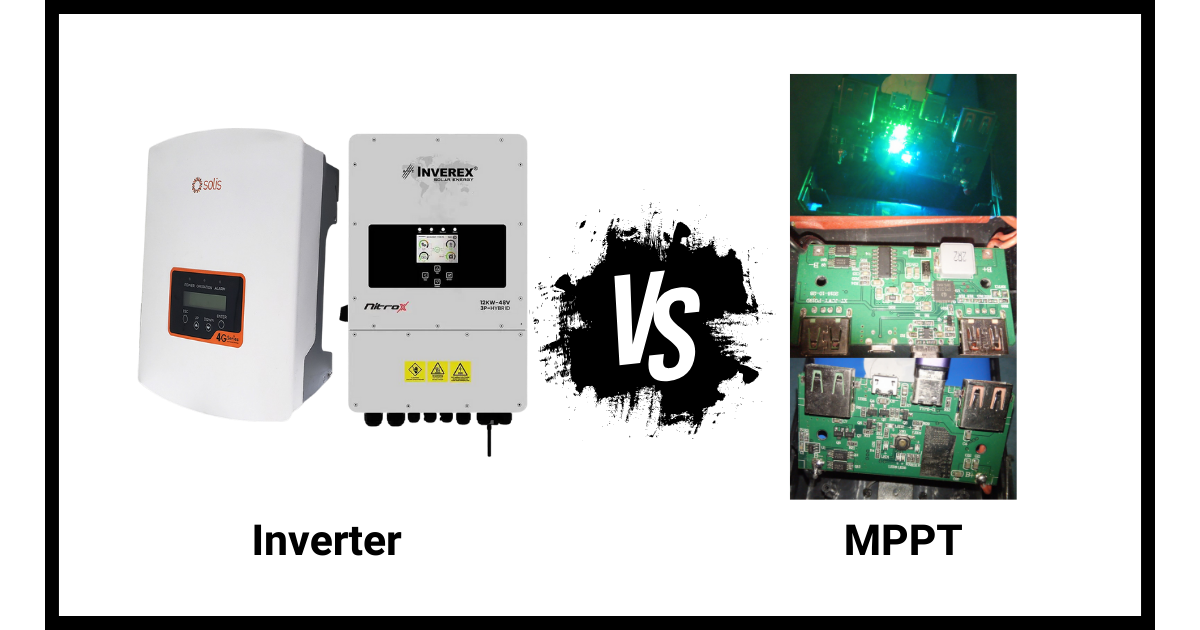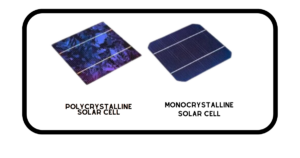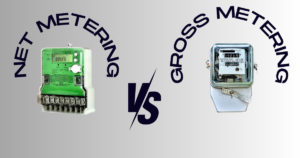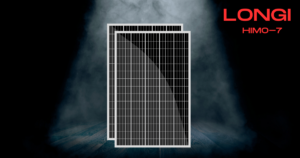Which is better MPPT Charger or Inverter? And which MPPT charge controller, solar charge controller, which MPPT to use? Hybrid use, non-hybrid use, What are the benefits?
Content Table
- Types Of Panels in Pakistan
- Identify Original Panel
- Weather Impact
- Solar Hour
- Load During Night
- What is a solar invertor?
- Hybrid or Non-Hybrid
- MPPT Cons
- Conclusion
Types Of Panels in Pakistan
If you’re using a 550 watts panel, or 545 watts panel, or you’re using a category panel, which is around 500 watts, then you have the option of the company, which is LONGI, JA, JINKO, Canadian, and Trina. You can use any panel. If you want to use HMO 6, HMO 5, if you want to use bifacial, or you want to use mono-facial, then their efficiency is not much different.

It’s a little bit of difference, but at the end, you have to find the Wattages that are written on that panel? You should get them. So whenever you purchase a panel, you will find that panel. So first of all, as I’ve always told you, that whenever you purchase a panel, whether it be a 280, or a 280, or a 280, or a 280, 310 watts, or 380 watts, or 550, whatever panel, you should first take it from the company.
Identify Original Panel
You should see first of all, is that you take the panel is taken out of the shop, and it is short circuit, plus or minus, you have it, MC4 connector or clamp meter, you have to ask the shopkeeper to get it, and you have to check it.
When you look at the ampere, you will know that it’s ampere and the voltage, when you check it, you can multiply it, you will see that you have For example, if, you are in your day time, you are running your ACDC in your house. If you’re talking ACDCs, then those 192 watts, that means that you have 200 watts, your energy will be consumed.
Weather Impact
- Power is 200 watts. 500 watts panel, because of weather, for example, on average, in the whole day, you can give them 400.
- Because sometimes weather is changing, sometimes cloud is, then the material is made, it has its own limitations.
- Because of this, 500 Watt panel, you can see that you have 500 watts panel in the whole day, you can’t give 500 Watt. We take an average, that it is giving you 400 Watt.
Suppose, If it is giving you 400 Watt because of weather or efficiency. Then you have a solar invertor or MPPT. When you use MPPT, then MPPT’s efficiency is 90%. If you have a 168 watts, if you have a 168 to 14.5, then the answer is 11.something, meaning 11 to 12 ampere.
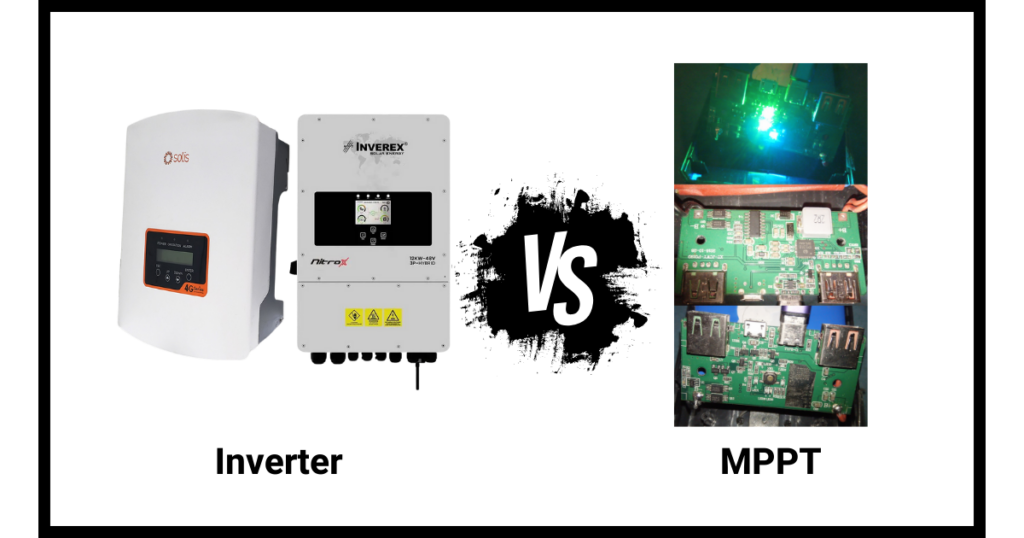
Solar Hour
If you’re getting 11 to 12 ampere, and 8 hours, you have a solar hour. This means that you have to install a solar panel, you have to make this calculation first and then you have to find out how much batteries I can see that you have 500. For the day, you can see that you have. If you use MPPT, then MPPT efficiency is 90%, meaning 10% loss. If you have to minus 10%, then you will get 360 watts.
These 360 watts that you are getting, you have to run a load of 192 watts. So what you will do is, 360, For example, if you have this load, which is 4 ACDCs, and the panel is just 5.5, a good panel. And in the daytime, you are running this load, then you can get only 90 AHs with batteries.
That means maximum 90 to 100. But if you have more than 90 to 100 AHs with batteries, then you have to get a bigger battery. You will get this in the evening. If you have a backup time, if a 90 H battery, if you have an average 13 volts, it is 14, but we have an average 13.
Load During Night
And at night, in the afternoon, we put it in the afternoon, in the non-solar hours, we have a 192 watts load. It means that in the evening time, when the solar is not there, we have to use these four panels. So here the answer is 6. So if a 1.5 Watt panel is purchased, it can use 4 HVC panels in the daytime. Other, it can also has limitations, the battery efficiency is not 100 %. So if you don’t get a 6 hours backup, you will get at least 3, 4.
This means that 4 HVC panels are getting a 4 hours backup and the daytime is free from just one panel. Now, what What is the solar invertor? You understand. That’s what is the MPPT. If you have two panels, then how will you attach them? Will you attach them in a series or in parallel? I’ll teach you.
So before you attach it in a series or in parallel, you should know what you are using. If you are using a solar invertor, then you will use it in a series. Because when you use a solar invertor, then it has a trigger voltage. That means that at least that trigger voltage meets.
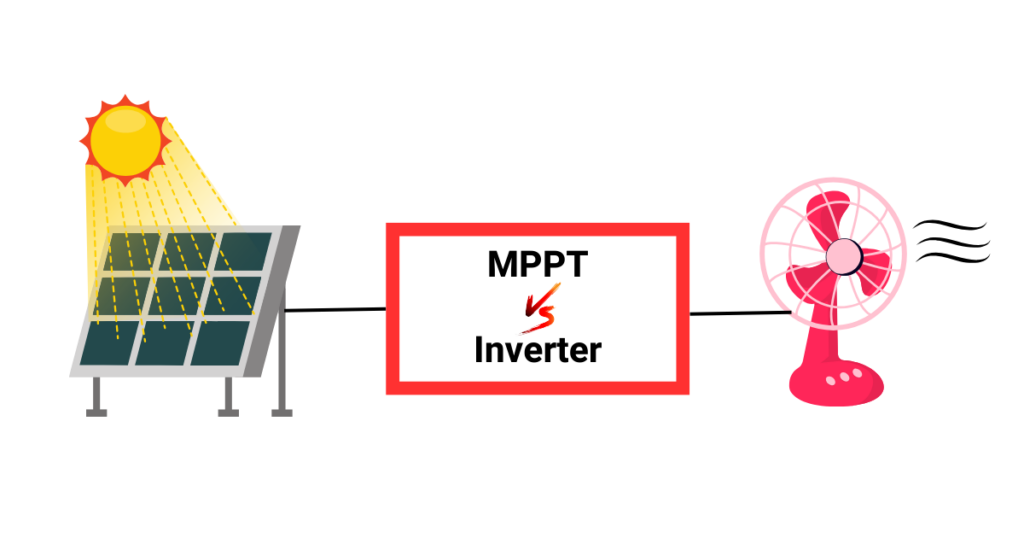
What is a solar invertor?
Until you don’t do it, then MPPT doesn’t start. It’s a solar invertor. You have to understand. Mppt plus Inverter. Inverter means that it is a 12 volts, 12 volts DC, 220 volts AC. It means that it is an invertor and MPPT. These two are combination. Inverter means that it is not a solar invertor, it is a normal invertor or UPS. Or UPS, or it is an invertor or UPS. It is one of them. Ups is basically an invertor. It means that it is 12 volts DC, 220 volts AC.. This is a solar invertor. It is an invertor or it is a UPS.
It is the same thing that is 12 V DCs. If you put it on the output, it will give you 220 V. You can run your AC load. This is a solar invertor. It’s a combination of these two things. Solar invertor means that it is built in. It is built in. These two things are all together.
For example, you take Fronus’s, or you take SolarMax’s company’s. When you buy an Inverter, it’s a SolarInverter. It means that it is a combination, a combination of MPPT is built in.
There are some SolarInverter, which is built in 50 Ampere, which is built in 60 Ampere. Then when you go to the bigger Inverter, the Ampere gets higher, 100 Ampere, then it’s even more. It means. So you have the option that you use this. Or if you don’t buy a solar Inverter, because it is a little expensive, then you buy a separate MPPT.
Hybrid or Non-Hybrid
Now, it will be hybrid or non-hybrid. It’s your choice. If it’s non-hybrid, then you will control it. To control it, you will control it. If it is a hybrid, then it means that it will be automatic control.
In the daytime, changeover, we will have a solid site, and in the evening, you will have it on the WAPDA, it will switch off, it will get the WAPDA cut off. In the daytime, WAPDA will get the WAPDA cut off. Wapda will remain.
And solar solar load will keep going on. In the afternoon, as soon as the solar gets finished, it will automatically shift on the WAPDA. And the work will be automatic. You don’t need to change over. It’s hybrid. Now, is it hybrid or non-hybrid? It’s a different thing.
MPPT Cons
But MPPT, you have to purchase separately. And you have a UPS in your house, you have to have a separate UPS. If you don’t have a UPS, then you have a mini-inverter. Which is your friend, who can run 2-3, 4-5, or a fridge. So you get a mini-inverter. Like a mini-car invertor.
For Example, I’m giving you an example. You have 550 watts and two panels. So if there are two panels, then you use MPPT controller. You will make a 12 volts system, you will attach it with single batteries, and. Then MPPT will use UPS in your house.
You will use the UPS as a UPS invertor, and you will stop the WAPDA input. You will not give you the MPS or not, that’s how you have to decide. This is hybrid. And non-hybrid is that you have to move it. If you purchase this, then if it’s non-hybrid, then you. You can get it for 17,500. It’s average price is 18,000.
Conclusion
If you take a non-hybrid. If you have 18,000, you have it. You have UPS already in your house, so how much is your spend? Just 12,000. If you take another changeover, 1,000, 1,000, 1,000 changeover, you will see that your system is ready. You will get 20,000. You will get a wire, you will get a stand, and solar panel, 2. Morwell 1.5 kW.

